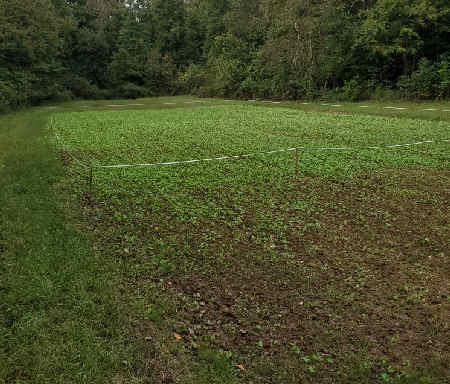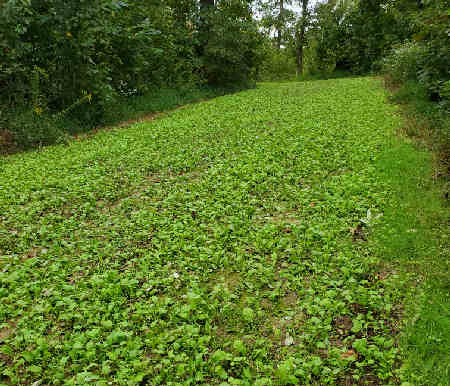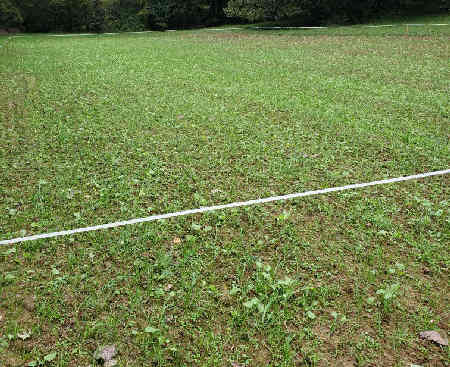|
ARTICLE: TREESTAND SAFETY GUIDELINES
While putting this issue together we heard about a hunter who died as a result of a fall from his treestand in Iowa. Although the accident is still being investigated and details (equipment failure, health issue, etc.) haven’t been released yet we dug up this article we ran in the November 2013 issue and thought we’d share it again. Everyone needs a little reminder now and then as we get complacent with things we do quite often and start to take shortcuts. It’s only human nature. We all do it. So refresh your memory with the guidelines below and remember that safety is no accident. – Editor
ALWAYS wear a Fall-Arrest System (FAS)/Full Body Harness meeting TMA Standards even during ascent and descent. Be aware that single strap belts and chest harnesses are no longer allowed Fall-Arrest devices and should not be used. Failure to use a FAS could result in serious injury or death.
ALWAYS read and understand the manufacturer’s Warnings and Instructions before using the treestand each season. Practice with the treestand at ground level prior to using at elevated positions. Maintain the Warnings and Instructions for later review as needed, for instructions on usage to anyone borrowing your stand, or to pass on when selling the treestand. Use all safety devices provided with your treestand.
NEVER exceed the weight limit specified by the manufacturer. If you have any questions after reviewing the Warnings and Instructions, please contact the manufacturer.
ALWAYS inspect the treestand and the Fall-Arrest System for signs of wear or damage before each use. Contact the manufacturer for replacement parts. Destroy all products that cannot be repaired by the manufacturer and/or exceed recommended expiration date, or if the manufacturer no longer exists. The FAS should be discarded and replaced after a fall has occurred.
ALWAYS practice in your Full Body Harness in the presence of a responsible adult prior to using it in an elevated hunting environment, learning what it feels like to hang suspended in it at ground level and how to properly use your suspension relief device.
ALWAYS attach your Full Body Harness in the manner and method described by the manufacturer. Failure to do so may result in suspension without the ability to recover into your treestand. Be aware of the hazards associated with Full Body Harnesses and the fact that prolonged suspension in a harness may be fatal. Have in place a plan for rescue, including the use of cell phones or signal devices that may be easily reached and used while suspended. If rescue personnel cannot be notified, you must have a plan for recover/escape. If you have to hang suspended for a period of time before help arrives, exercise your legs by pushing against the tree or doing any other form of continuous motion or use your suspension relief device. Failure to recover in a timely manner could result in serious injury or death. If you do not have the ability to recover/escape, hunt from the ground.
ALWAYS hunt with a plan and if possible a buddy. Before you leave home, let others know your exact hunting location, when you plan to return and who is with you.
ALWAYS carry emergency signal devices such as a cell phone, walkie-talkie, whistle, signal flare, PLD (personal locator device) and flashlight on your person at all times and within reach even while you are suspended in your FAS. Watch for changing weather conditions. In the event of an accident remain calm and seek help immediately.
ALWAYS select the proper tree for use with your treestand. Select a live straight tree that fits within the size limits recommended in your treestand’s instructions. Do not climb or place a treestand against a leaning tree. Never leave a treestand installed for more than two weeks since damage could result from changing weather conditions and/or from other factors not obvious with a visual inspection.
ALWAYS use a haul line to pull up your gear and unloaded firearm or bow to your treestand once you have reached your desired hunting height. Never climb with anything in your hands or on your back. Prior to descending, lower your equipment on the opposite side of the tree.
ALWAYS know your physical limitations. Don’t take chances. Do not climb when using drugs, alcohol or if you’re sick or un-rested. If you start thinking about how high you are, don’t go any higher.
NEVER use homemade or permanently elevated stands or make modifications to a purchased treestand without the manufacturer’s written permission. Only purchase and use treestands and Fall-Arrest Systems meeting or exceeding TMA standards. For a detailed list of certified products, contact the TMA office or refer to the TMA web site at www.tmastands.com.
NEVER hurry!! While climbing with a treestand, make slow, even movements of no more than ten to twelve inches at a time. Make sure you have proper contact with the tree and/or treestand every time you move. On ladder-type treestands, maintain three points of contact with each step.
From the Treestand Manufacturers Association web site at www.tmastands.com. Visit their site for more information about treestands and treestand safety and to take a FREE Treestand Safety Course on their site.
~~~~~~~~~~~~~~~~~~~~~
|




